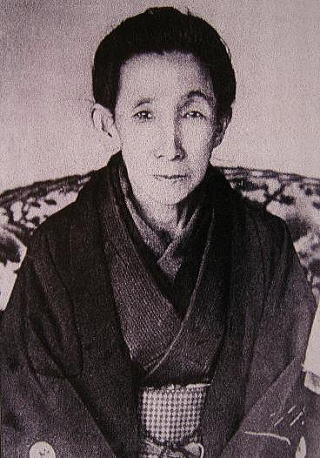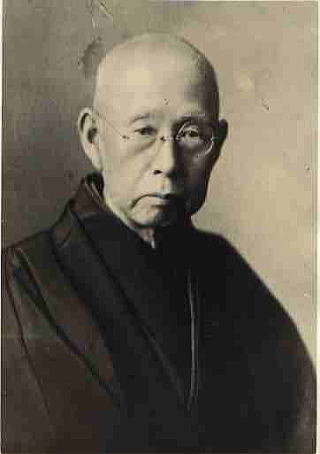| 書信館(ポストオフィシー・郵便)制度創設の提案 Proposal to establish a post-office mail system |
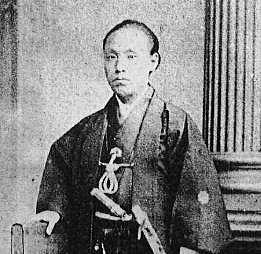 ▲前島密(幕臣時代) ▲ Hisoka Maejima (photographed during the shogunate period) |
|
明治三年になって大藏大輔大隈重信は、近代的な統一国家建設には新聞や書簡など情報の伝達が大事と考え、前島密を駅逓権正に任じて研究にあたらせた。前島は英国に渡って郵便制度を学ぶと、明治四年「新式郵便」と名づけた郵便制度を発足させ、郵便を官業に統一し、郵便切手や、郵便ポスト、全国均一料金制など、日本の近代的な郵便制度創設に尽くした。 |
| In the third year of Meiji, Shigenobu Okuma, a key figure in the Meiji government, believed that the transmission of information, such as newspapers and letters, was important for the construction of a modern unified nation, and appointed Hisoka Maejima to study the matter. Maejima traveled to England to learn about the postal system, and in 1871, he established a postal system called the "New Style Postal Service," which unified the postal service into a government business and helped establish Japan's modern postal system, including postage stamps, mailboxes, and a nationwide uniform rate system. |
|
前島密と小栗上野介 小栗上野介が日本初の株式会社兵庫商社の設立建議書に盛りこんだ書信館(ポストオフィシー)がそのまま設立されていれば、いまごろは郵便局と云わず「書信局」と呼んでいただろう。その小栗の構想と前島の「新式郵便」に関連があるのだろうか。 「西洋諸国では飛脚の権限は政府に属し、民間では扱わない。政府が飛脚印という印刷を作り、定価でこれを売る。大きさは七八分、その価格によって色が違う。」 |
| Hisoka Maejima and Kozukenosuke Oguri If the post office that Kozukenosuke Oguri included in his proposal to establish Japan's first joint-stock company, Hyogo Shosha, had been established as it was, it would have been called a "書信局 shoshinkyoku" (letter telegram office) instead of "郵便局 yubinkyoku" (post office). I wonder if there is any connection between Oguri's concept and Maejima's "modern postal system." For example, Yukichi Fukuzawa, who was named as one of the persons to be in charge of a proposal to publish a newspaper, told Oguri who believed that accurate and prompt communication of information and letters was important for the modernization of Japan, "In Western countries, the authority of the courier belongs to the government, not to the private sector, and the government makes a printing called a 'hikyaku-in (stamp)' seal and sells it at a fixed price. The sizes are 7-bu to 8-bu (21~24 mm), and the color varies according to the price." ("Things Western" by Yukichi Fukuzawa, Keio 2). |
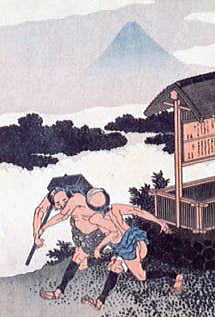 飛脚 から 郵便夫へ 飛脚 から 郵便夫へ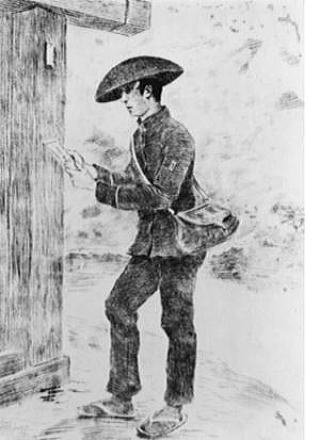 |
| From Courier to Postman |
|
と報告し、小栗の盟友栗本鋤雲も幕末に派遣されたフランスで郵便制度についての見聞を、 「あらかじめ、店で鈐印けんいん紙(切手)を買っておく。それは三十六枚に区切られ、それぞれ人物像が描かれている。人に書簡を送る時は、宛名住所を書いてこの鈐印紙(切手)を一片貼り、託せば必ず相手に間違いなく届く。届ける賃金などはみな鈐印紙(切手)の値段の中に含まれているから、きわめて簡便な方法である。」 (栗本鋤雲『暁窓追録補』明治二年) *鈐印・・・割り印のこと、「鈐印紙」で切手の意味となる と報告している。 渋沢栄一と前島密は、ともに維新後徳川家が新しい駿河藩となったのに随って静岡に移り、江戸から移る旧幕臣の生活安定に、ともに苦心していた熟知のあいだであることを指摘した「維新前夜雑記」は、続けて前島の「郵便創業談」をひいて、 「斯業(郵便)の知識を洋行した人に聞いたらわかるだろうと思って帰国した人に尋ねたが、こういうことに気付いた人はなく、渋沢栄一君だけは、一枚の仏国郵便切手を持っていて、これを状袋に貼ると云うことを話してくれた」とその苦心を紹介している。 これらを総合して推測すると、前島の構想の原点には、小栗の提案や福沢、栗本、渋沢ら旧幕臣系列の報告が反映していて、 「明治三年六月十七日英国に出張を命ぜられ、じっさいに郵便事業を見る便利を得て、大いに知識を得た。」 (前島密『郵便創業談』) その結果としての、近代郵便制度の確立であったといえよう。 ついでに言えば栗本鋤雲は、明治五年に前島の発案で矢野文雄(龍渓)、犬養毅、尾崎行雄らを擁して、明治の代表的新聞といわれた「郵便報知新聞」が発刊された時、主筆として招かれ、健筆を振るっている。 |
| Joun Kurimoto, an ally of Oguri, also reported on his observations of the postal system in France where he was sent at the end of the Edo period as follows: "Buy stamps at a store in advance. It is divided into thirty-six sheets, each of which has an image of a person on it. When you send a letter to someone, write down the name and address, put a piece of this paper (stamp) on it and entrust it to a postman, and it will surely reach the person addressed. It is a very easy way, since the cost of delivering the letter is included in the price of the stamp." ("Gyosou-Tsuiroku-Ho" by Joun Kurimoto, dated 1872). Both Eiichi Shibusawa and Hisoka Maejima were well acquainted with each other, having moved to Shizuoka after the Tokugawa family became the new Suruga domain after the Meiji Restoration, and both were struggling to stabilize their lives as former shogunal retainers moving from Edo. Mejima's "Ishin Zenya Zakki" (Miscellaneous Notes on the Eve of the Restoration), which pointed out this fact, goes on to introduce their struggles by referring to his "Story of founding the Postal Service," as follows: "I thought it would be helpful to ask someone who had gone abroad about this (postal) knowledge, so I asked people who had returned to Japan, but no one had noticed this, and only Eiichi Shibusawa told me that he had a sheet of French postage stamps that he would put on envelopes." ("Ishin Zenya Zakki" by Sokuzekan, Nagoya Postal Times, April 1955) The origin of Maejima's plan was based on Oguri's proposal and the reports of Fukuzawa, Kurimoto, Shibusawa and other former shogunate officials. "On June 17, 1876 or Meiji 3, I was ordered to go to England on a business trip, where I had opportunies of seeing the postal service in action and gained a great deal of knowledge. ("Story of founding the Postal Service" by Hisoka Maejima) As a result of this, the establishment of the modern postal system can be said to have been achieved. Incidentally, in 1872, Maejima, on his own initiative and with the help of Fumio Yano (Ryukei), Tsuyoshi Inukai, Yukio Ozaki and others, published the "Yubin Hochi Shinbun," which is said to be one of the most representative newspapers of the Meiji era and, at that time, Joun Kurimoto was invited to be the chief editor of the newspaper, and he did a good job. |
| 前島密が媒酌 小栗クニ・貞雄結婚
|
| In 1887 or Meiji 20, at the request of Okuma Shigenobu and his wife, Hisoka Maejima took on the task of mediating between Kozukenosuke Oguri's orphaned daughter Kuni and Sadao Yano (Ryukei Yano's younger brother), and in this way, it is easy to imagine that Maejima was willing to do so in the hope that the Oguri family would survive. |
| 関連ページ ◆小栗上野介の新聞発行提議 |
